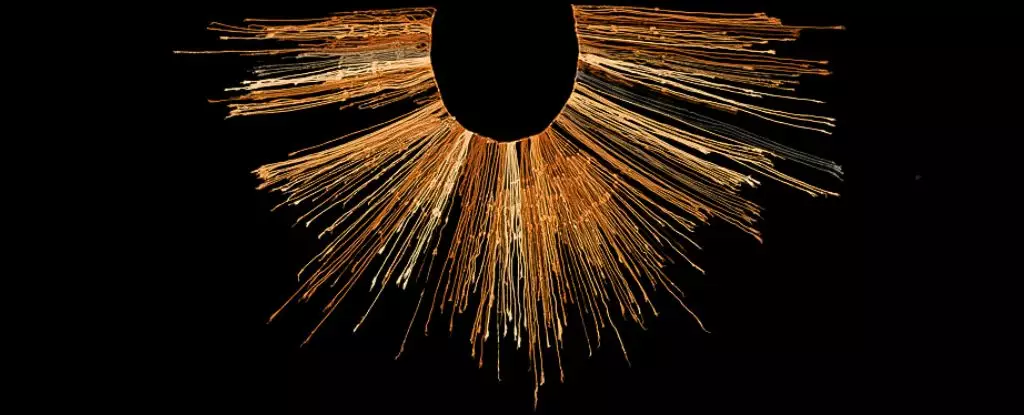The ancient Andean civilization, particularly during the time of the Inca Empire, displayed remarkable ingenuity in their record-keeping practices using a unique system known as khipus (or quipus). These ancient devices, woven from cords and adorned with a series of knots, served as vital tools for managing information in a society without written language. Understanding the khipu’s complexity and significance deepens our appreciation of Andean culture and opens doors to new interpretations of their social and economic structures.
Khipus are not merely strings; they represent a sophisticated method of communication and documentation that encompassed numerical, administrative, and social dimensions. Constructed from natural fibers such as cotton or camelid wool, khipus were often colorful, employing dyes derived from plants to enhance their visual representation. Ethno-mathematicians and khipu scholars have noted that the colors, textures, and arrangements of these fibers were selected with intention and care, indicating that khipu makers (khipukamayuqs) possessed not only practical skills but also an understanding of the symbolic language embedded within these materials.
The intricate designs of the khipus were employed predominantly for numerical representation. Each knot tied into the cords served a specific purpose, primarily reflecting quantities, from agricultural census data to tax obligations. However, the precise methods and systems used to encode this information remain subject to scholarly debate. The availability of digital resources, such as the Open Khipu Repository, has enabled researchers to delve into previously unexplored aspects of these artifacts, unlocking potential insights that could reshape our understanding of Inca administration and culture.
Recent Research and Numeric Connections
In a groundbreaking study, researchers have drawn connections between two historically significant khipus found in northern Chile. One, renowned as the largest khipu ever uncovered, stretches over five meters and consists of more than 1,800 cords. The other, although smaller with nearly 600 cords, boasts a much more complex arrangement. The study, spearheaded by contemporary scholars, highlights the relationship between these two khipus — an intricate puzzle that demonstrates how varied approaches were used to represent the same underlying data.
The notable discovery that the smaller khipu serves as a reallocation of information from the larger khipu illustrates a sophisticated understanding of record management and resource distribution in the Andean society. This analysis raises critical questions regarding the dual representation of data. Scholars postulate that the larger khipu may have recorded the inputs of agricultural production, while the smaller one could reflect the delving into systems of redistribution, emphasizing the intricate connectivity between collection and allocation of goods in Inca society.
The presence of dual recording systems highlights the complexities of Inca governance and resource management. It suggests a robust administrative function, facilitating better oversight of resources to ensure equitable distribution among community members. Such duality indicates that Andean peoples valued not only accounting for what they produced but also how these goods were redistributed, showcasing a dedication to communal welfare.
Nevertheless, many mysteries still surround the practice of khipu-making. Despite ongoing research efforts, understanding the nuances of these records remains challenging. The khipus were vulnerable to loss, primarily due to the climatic conditions of the Andes and the transition to alternative recording methods following the Spanish conquest. Current findings reveal that merely 1,600 khipus exist today, with less than half subjected to intricate digital analysis.
Preserving Cultural Heritage through Digitization
Recognizing the inadequacy of current khipu preservation and study, scholars are advocating for continued digitization and research to recover the lost knowledge inherent in these artifacts. Each khipu embodies not just numbers but also narratives and stories of the communities that once thrived in the Andean region. The push for greater access to khipu data underscores a collective desire to illuminate periods of history that have remained obscured for far too long.
As this research progresses, we are likely to encounter new findings that not only reveal the overarching role of khipus in Andean culture but also reinvigorate discussions about the social dynamics, economic constructs, and administrative frameworks of ancient societies. The legacy of khipus is a testament to the artistry and intellect of the Andean peoples, facing our efforts today to ensure that their rich history endures for future generations.
The study of khipus opens a valuable window into the past, inviting us to explore the intricate networks of knowledge and communication that once defined Andean civilization.


Leave a Reply